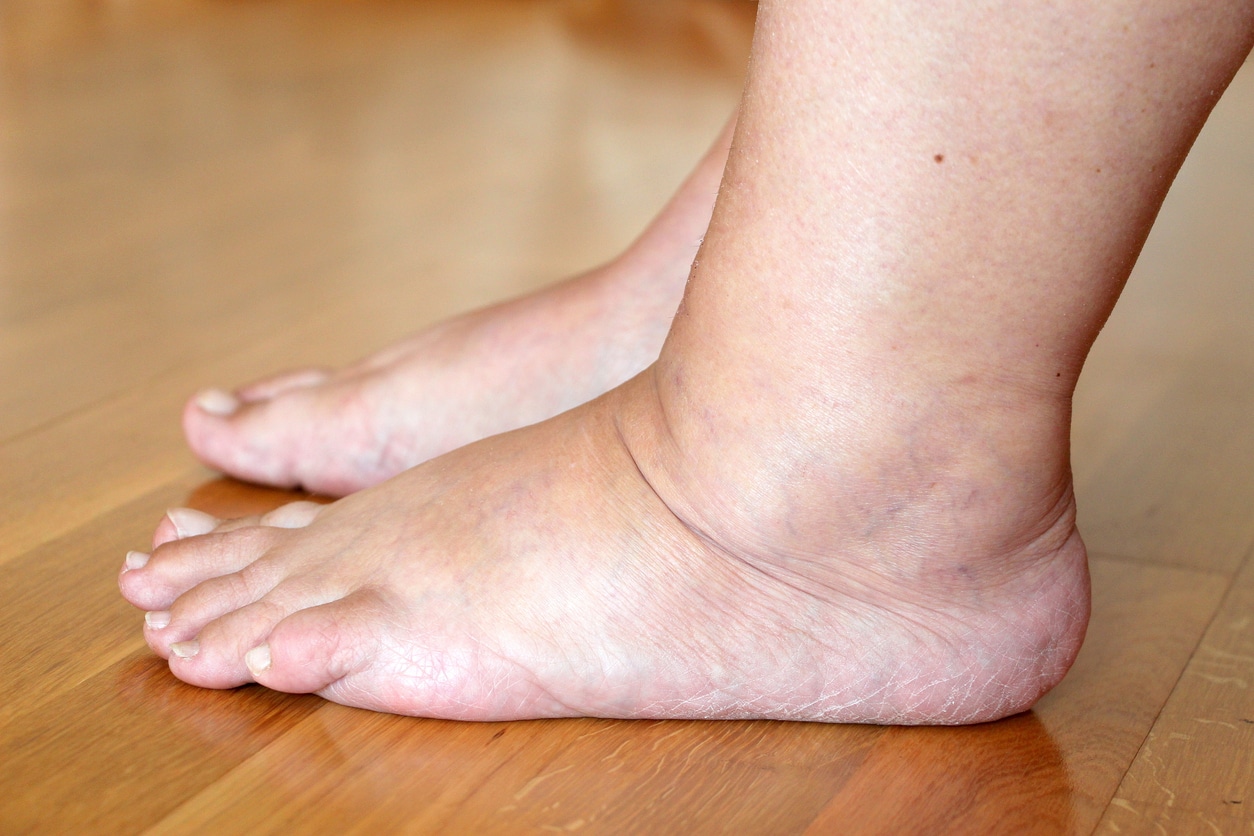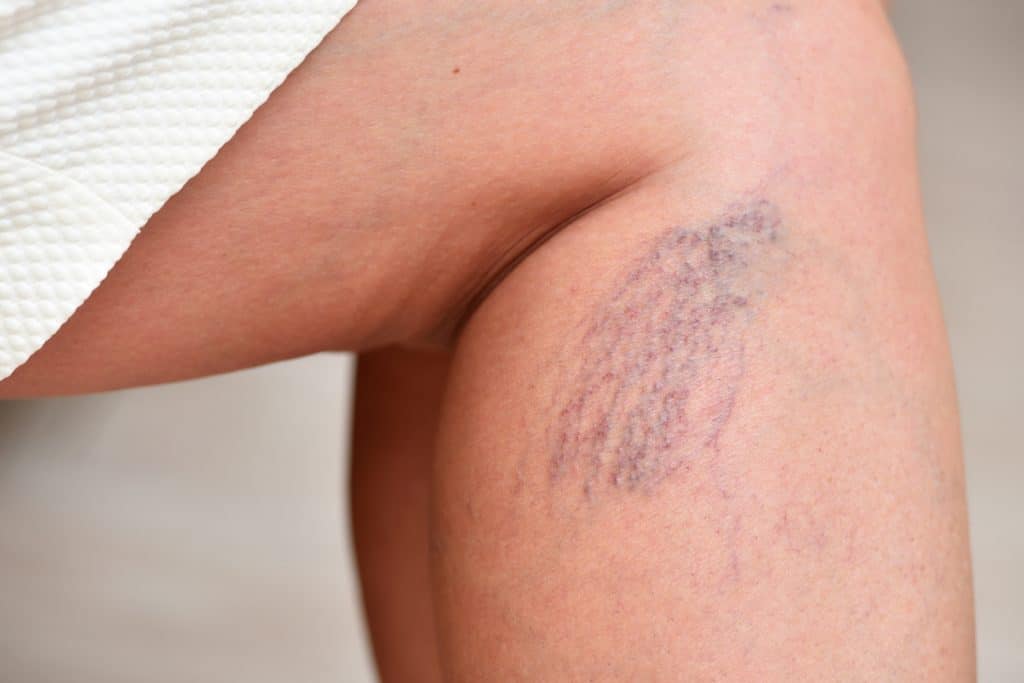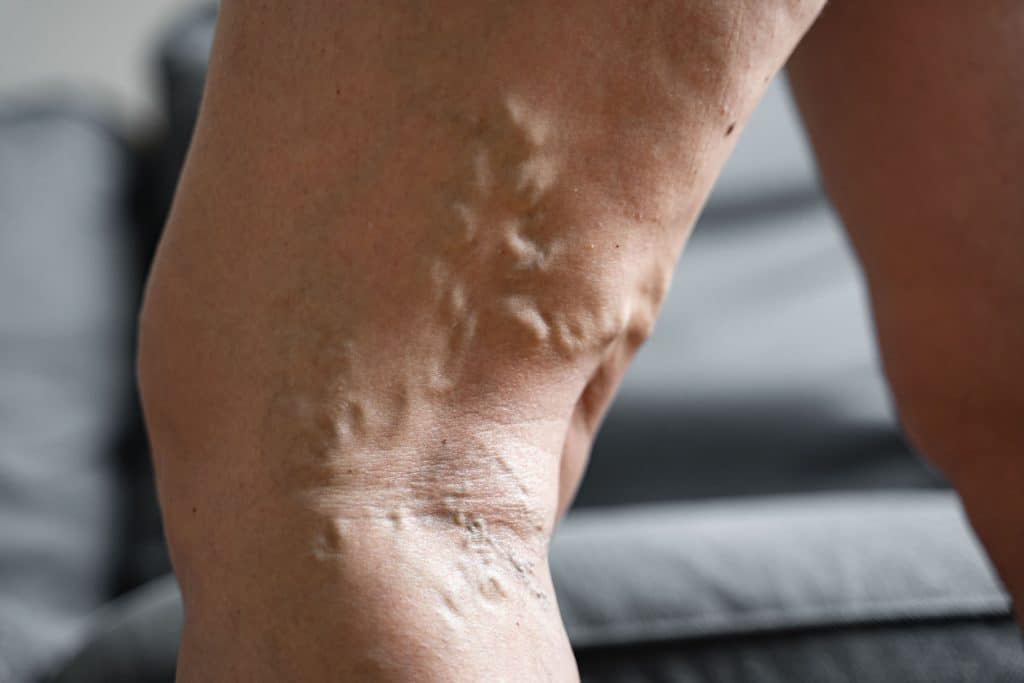Understanding Leg Swelling (Edema) and Its Impact on Your Health
Leg swelling, medically known as edema, is a common yet misunderstood condition affecting countless individuals worldwide. It’s not merely a temporary inconvenience or a cosmetic concern—it can be a symptom of underlying health issues that require immediate attention.
At Coastal Vascular Center, we’re dedicated to providing insight into the causes, implications, and treatment options for leg edema. We emphasize the critical connection between edema and leg discoloration and guide you on when seeking specialized care is essential.
What is Leg Swelling (Edema)?
Leg swelling, or edema, is characterized by an abnormal accumulation of fluid in the tissues of the lower extremities. It can arise from a myriad of factors, including vascular disorders, lymphatic system abnormalities, inflammatory processes, and systemic conditions. Edema primarily manifests as noticeable swelling starting from the ankles and possibly extending upward, creating a tight, stretched sensation in the skin. It can significantly impact mobility, comfort, and overall quality of life.
Causes of Leg and Foot Swelling
Leg and foot swelling, or edema, can stem from various factors, each pointing to different underlying health conditions or lifestyle habits. Understanding these causes is crucial for identifying the most effective treatment approach. Below are the primary causes categorized into various segments for clearer insight.
Vascular Conditions
- Venous Insufficiency occurs when the leg veins struggle to send blood back to the heart, causing blood to pool in the lower extremities.
- Deep Vein Thrombosis (DVT) is a blood clot in a deep leg vein that can impede blood flow, causing swelling and pain.
- Varicose Veins: Swollen, twisted veins visible just under the skin’s surface can also lead to leg and foot swelling due to poor blood flow.
Heart-Related Issues
- Congestive Heart Failure is a condition in which the heart’s diminished capacity to pump blood effectively causes fluid buildup in the legs and feet.
- High Blood Pressure can contribute to swelling when it affects the kidneys and their ability to manage fluid balance.
Kidney and Liver Conditions
- Chronic Kidney Disease: Impaired kidney function can result in excess fluid and salt retention, causing swelling.
- Liver Cirrhosis: Liver dysfunction can lead to changes in hormones and chemicals that regulate fluid balance, causing leg and foot swelling.
Lymphatic System Blockages
- Lymphedema: This condition occurs when the lymphatic system is blocked, causing lymph fluid to build up in the legs and feet.
Pregnancy
Pregnancy can result in leg and foot swelling due to the increased body fluid required for the growing fetus and hormonal effects on blood flow.
Understanding the cause of leg and foot swelling is vital for appropriate management and treatment. A thorough evaluation by a healthcare provider, often starting with a physical examination and potentially followed by diagnostic tests, can help determine the underlying cause and guide treatment decisions. Tailoring the approach to the individual’s specific condition can significantly improve outcomes, alleviating discomfort and preventing potential complications.

The Connection Between Edema and Leg Discoloration
When the circulation is hindered, it affects the skin’s balance significantly. Impaired blood flow means tissues might not get sufficient oxygen, resulting in a bluish tint (cyanosis) to the skin.
In conditions like chronic venous insufficiency, defective valves cause blood accumulation, which boosts pressure and leads to fluid leakage. This fluid overflow can cause swelling (edema) and a reddish or brownish hue due to hemosiderin, a component that’s left when hemoglobin breaks down and settles in the tissues.
Furthermore, a diminished blood supply can lead to tissue hypoxia (lacking oxygen) and ischemia (reduced blood supply), harming tissues and leading to changes in skin coloration, including a patchy or purplish appearance.
Disturbed circulation may initiate inflammation. Thus causing redness (erythema) and changes in skin color. In the case of deep vein thrombosis (DVT), blood clots obstruct proper blood flow, resulting in localized swelling and a change in skin color.
Problems with the lymphatic system, such as lymphedema, can further impair circulation. This exacerbates discoloration through fluid accumulation, inflammation, and alterations in skin texture and color.
Poor circulation interrupts the supply of oxygen and nutrients to the skin. Thus triggering a series of reactions such as hypoxia, inflammation, fluid buildup, and changes in skin color. Addressing and managing underlying vascular issues is vital to controlling these skin discolorations and avoiding more severe problems.
Diagnosis of Leg Swelling and Discoloration
An accurate diagnosis is essential for an effective treatment plan and begins with a comprehensive evaluation. This typically includes a detailed medical history and a physical examination and may also involve diagnostic tests such as venous Doppler studies and venography. These assessments help identify the specific cause of the edema and leg discoloration, which is critical for tailoring the most appropriate treatment strategies.
Treatment Options
Managing leg swelling and accompanying symptoms depends on correctly identifying the underlying cause. Treatment can range from conservative measures, such as lifestyle modifications, leg elevation, and compression therapy. More advanced medical interventions, such as venous ablation could be used. If medication-induced edema is suspected, your prescription may need to be reviewed and adjusted. Our treatment plans are meticulously designed to address each patient’s unique needs. We focus on alleviating symptoms and improving overall vascular health.
When to Consult a Vascular Specialist
If you have persistent leg swelling, seek specialized care. Also, watch for skin color or texture changes, pain, discomfort, or trouble walking or standing. These issues should not interfere with your daily activities. Also, if you have a history of vascular or heart conditions or have recently had surgery or leg trauma, you need a quick check by a vascular specialist.
At Coastal Vascular Center, our board-certified specialist, Dr. Ayar, has the expertise and technology to provide comprehensive care. We’re dedicated to finding and treating the root causes of your symptoms. We aim for the best outcomes with a tailored approach.
To regain comfort and mobility, you must first understand the complex causes of leg swelling and discoloration. If you’re worried about your symptoms, please contact Coastal Vascular Center to discuss treatment options. Together, we can embark on improved vascular health and wellness.









